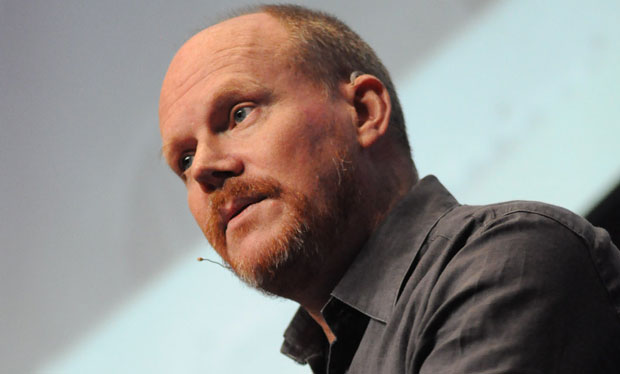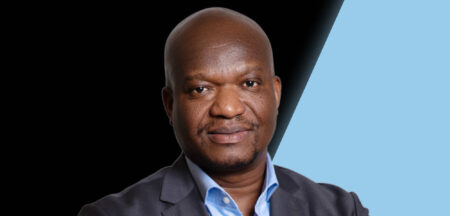
Five years ago, SA had one cable, Sat-3, running down Africa’s west coast and connecting it to the global Internet. Today the continent is surrounded by high-capacity cables, with plenty more, even bigger systems to come.
There are now so many cables and such a great deal of capacity that Steve Song, author of the popular African Undersea Cables map, has been forced to redraw it using a logarithmic scale to show the systems’ respective capacities.
Song has updated the map to show the planned Brics Cable and Wasace systems — which have 12,8Tbit/s and 40Tbit/s design capacities respectively. Consider that five years ago, the design capacity of Sat-3 was just 120Gbit/s, or 0,12Tbit/s.
The new Brics cable, if it’s built by partner countries Russia, Brazil, SA, India and China, will extend 34 000km from Vladivostok in Russia all the way to Fortaleza in Brazil, making it the third longest cable system in the world.
The Wasace system, meanwhile, will crisscross the South and North Atlantic.
Song says he finds the Brics Cable news surprising given the glut of capacity already on the cards. It’s also become increasingly difficult to represent all the cable systems and their capacities on a map.
“I struggle now to find ways to represent all the impending capacity on a single map without it looking like a dog’s breakfast,” he says in a blog post. “What I thought was a clever innovation, using the width of the cable as an indicator of design capacity, has turned out to be a nightmare as cables like SAex [South Atlantic Express] announced a design capacity of 12,8Tbits/s, 10 times that of the Seacom cable which launched in 2009.”
He says the problem became even worse with the Wasace cable with its even higher capacity. “Trying to implement that in terms of varying widths [in the] cables made it look like someone had taken big graffiti marker to the map.”
The solution has been to make representations nonlinear. “Now the width of the cables still scales with capacity but it does so logarithmically — something else I would never have guessed I would need to do.”
An additional cable, to be built by Brazilian state-owned telecommunications operator Telebrás, has also been announced to link Luanda and Angola with Fortaleza. But Song says he won’t add this cable system to the map until there’s a name for the cable, a website or a map. — (c) 2012 NewsCentral Media




